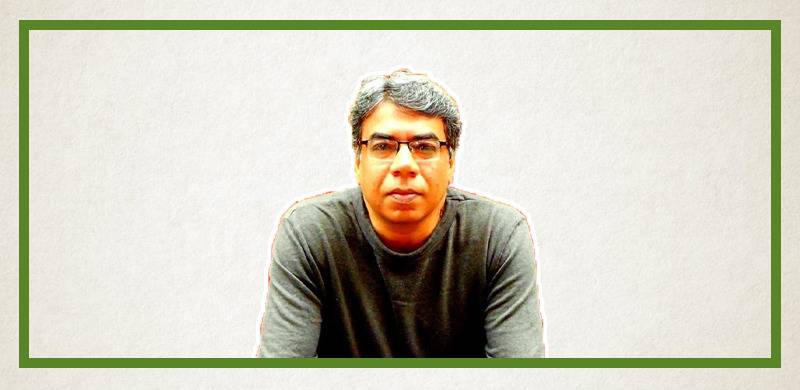
He said that the son had dropped out from the government school he was studying in and was ‘ordering’ his parents to stop going to the shrines of Sufi saints. He even wanted his mother to stop going to the sugarcane and cotton fields with his father, where both worked as peasants. The father used to own a small plot of land but he had to sell it when the mother fell ill and needed expensive medical attention at a hospital in Karachi. The parents were looking forward to their son getting an education so that he could get employment in Karachi.
As I empathetically listened to Dadu lamenting about what was happening back home, I thought I heard the word Sassi. I stopped him and asked what Sassi was. ‘Saaien, Sassi-Punnu, the story,’ he replied. ‘Yes, I know that,’ I said, ‘but what about it?’
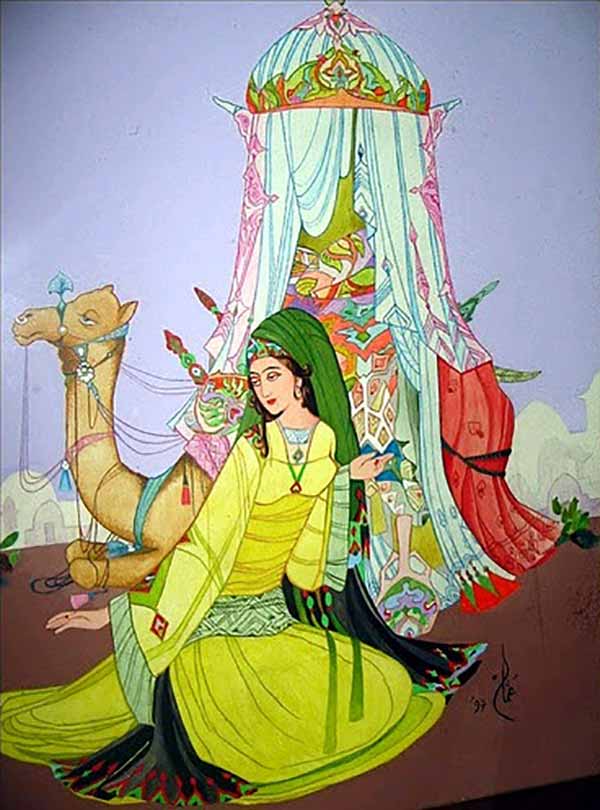
He said that during one of the son’s tirades against the way his parents had been practicing their faith, he had begun to curse Sassi, calling her a ‘woman of bad character who did not deserve a shrine!’ I didn’t even know she had one.
Sassi-Punnu is a famous Sindhi folktale about a 12th century girl, Sassi, who was born to aristocratic Hindu parents in the Sindh town of Bhambore. An astrologer tells them that she would be a curse for them. Perturbed, the parents put her in a wooden box and then place the box in the River Indus. She is found by a poor man who raises her as his own daughter. She grows up to become a beautiful woman.
Punnu, the son of a rich Baloch tribal chief, falls in love with Sassi and marries her. Punnu does not go back to his home in Balochistan. His father is incensed and sends his other sons to bring Punnu back. After getting him drunk on wine, they kidnap him and bring him back to their father. When Sassi wakes up, she finds her husband missing. She sets out to look for him, but gets lost in the desert.
Thirsty and exhausted, she comes across a shepherd and asks him for help. The shepherd, instead, makes advances at her. Shocked, Sassi prays to God to save her from humiliation. Immediately, she is sucked in by the sand. Feeling guilty, the shepherd places pebbles and stones over the area where she had sunk in the sand.
Punnu, while on his way back to Bhambore, learns what had happened. He collapses on the same ground that had swallowed Sassi and is swallowed as well. This area is believed to be 72 miles from Sindh’s capital, Karachi. Here is where Sassi’s (and Punnu’s) shrine is located.
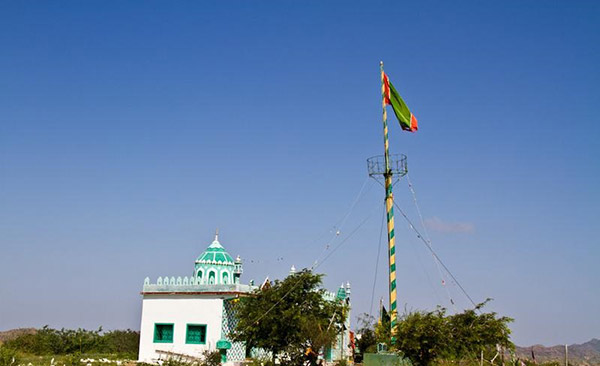
The Sassi-Punnu shrine.
In her book, The Female Voice in Sufi Ritual, Shemeem Abbas wrote that this folklore was first popularized by the famous 18th century Sufi saint, Shah Abdul Latif. He lived in Sindh and largely wrote in Sindhi. He frequently referred to the Sassi-Punnu folklore in his evocative poems.
In the 1950s, when the Sindhi scholar GM Syed was formulating Sindhi nationalism, he often returned to the writings of Latif to shape the idea of Sindh being a ‘land of Sufis’ and religious tolerance. In his 1952 book, The Message of Latif, Syed wrote that by regularly weaving the Sassi-Punnu story in his poetry, Latif was using Sassi’s sacrificial act to exhibit the historic spirituality, bravery and selflessness of the Sindhi people.
In 1972, another Sindhi, ZA Bhutto (who became head of government and state) promptly nationalized this idea. But being a robust Pakistani nationalist, Bhutto eschewed the Sindhi nationalist aspect of Syed’s narrative. Bhutto was a lot more sophisticated and Westernized than Syed. But a part of him was also romantically attached to his upbringing as the son of a Sindhi chieftain in Larkana. He was, however, vehemently opposed to Sindhi nationalism and saw it as being treacherous.
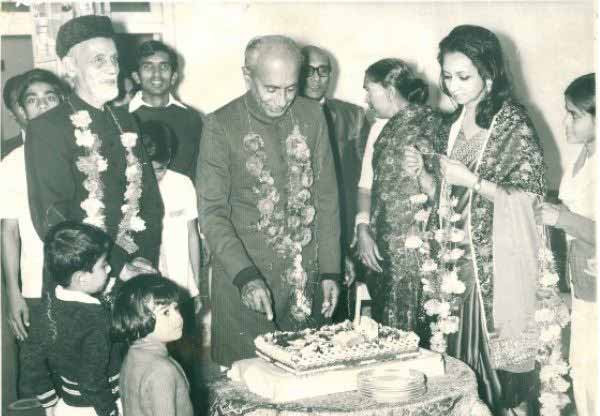
GM Syed cutting his birthday cake in the 1970s.

Sindhi nationalists explained Sassi as a reflection of the sacrificial love and bravery inherent in Sindhis.
Dutch academic, Oskar Verkaaik, in his book Migrants and Militants, wrote that the Bhutto regime renovated Latif’s shrine in Bhitshah, Sindh, and built guesthouses for tourists around the tomb. In 1974, he launched an annual Bhitshah Festival where he announced, “Shah Latif was not only Sindh’s saint, but all of Pakistan’s.” Here he was clearly negating and neutralizing Syed’s portrayal of Latif as a prototype Sindhi nationalist.
During the same period, the Sassi-Punnu story was regularly dramatized on state-owned TV and radio and in songs. The Bhutto regime also helped finance a film based on the folklore. Under Bhutto, Sassi became a Pakistani.
Even though there were at least two major uprisings in Sindh against the reactionary Gen Zia dictatorship (1977-88), even he decided to retain the nationalized idea of Latif (and Sassi-Punnu) when in 1986 he green-lit the proposal of introducing a Shah Latif Chair at Karachi University.
During the start of the 1996 Cricket World Cup final in Lahore, Prime Minister Benazir Bhutto greatly appreciated a tableau based on the Sassi-Punnu folklore — even though the religious parties thought it was ‘obscene.’
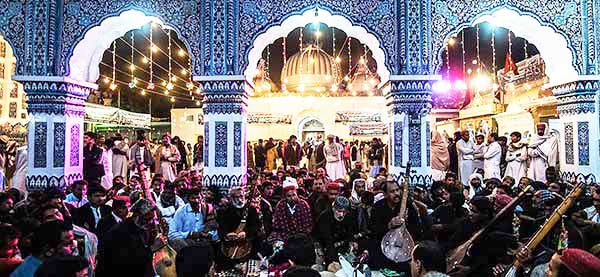
The shrine of Shah Latif in Hala, Sindh.
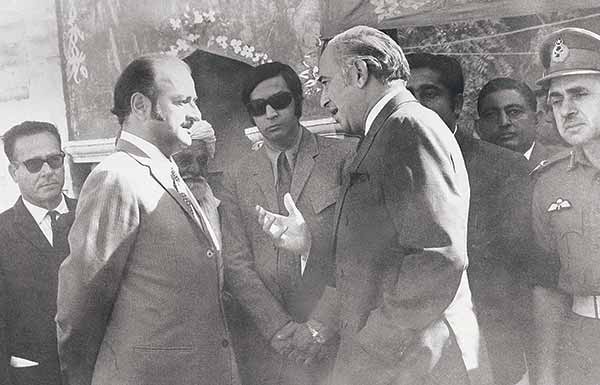
PM Bhutto (right) talking to Sindh CM outside Shah Latif’s shrine in 1973.
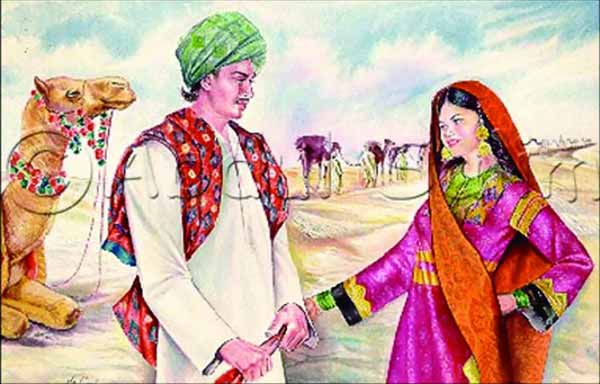
By the 1970s, Sassi had been nationalized.
Two years ago, at the 2017 Karachi Literature Festival (KLF), I was approached by a group of young Sindhi men and women who had come all the way from various parts of Sindh to watch a session I was a part of. During our talk we discussed the rise of religious militancy in ‘the land of Sufis.’ They told me about one Mian Mithu – a controversial cleric who was once a member of PPP (before being asked to leave the party); and then the PTI (before being refused to be given a party ticket for the 2018 election) – has often been accused of forcibly converting young Hindu Sindhi women. This led to me telling them the tale of Dadu Baksh’s nephew, and how he had cursed Sassi.
They were all genuinely disturbed, until one young lad said: “Paracha Saaien, these days, Sassi is not roaming the desert looking for Pinnu. She is now walking the hot sands, hiding from Mian Mithu.”

A protest against Mian Mithu.
Sassi On Film
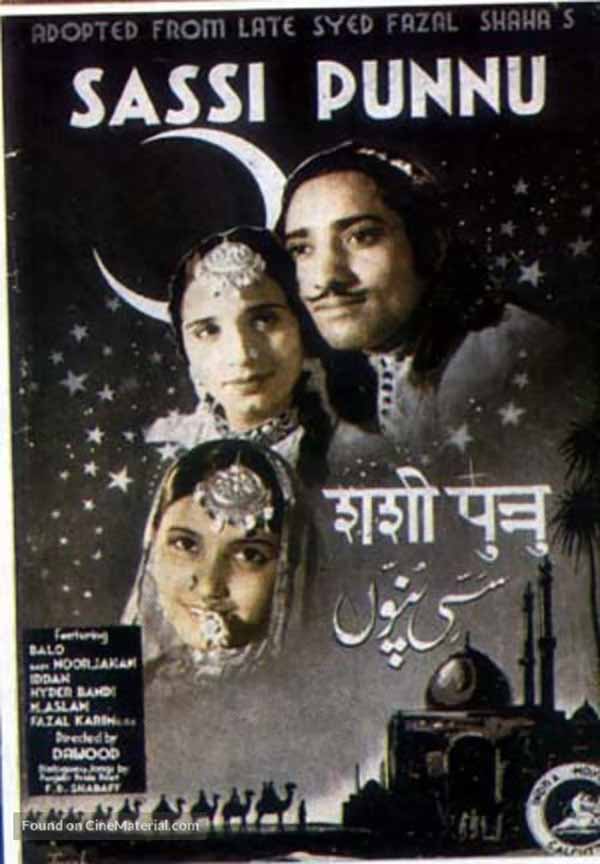
The folktale of Sassi-Punnu was for the first time adapted on the big screen in India in 1939.
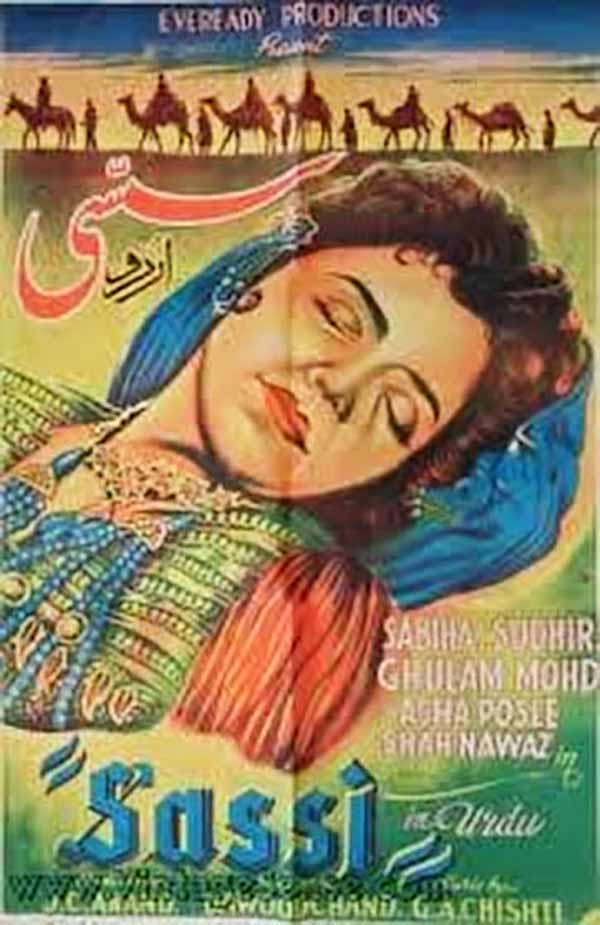
Sassi (1954). This Urdu film was made for a largely non-Sindhi/Baloch urban audience. Even though the plot was largely faithful to the original folktale, the ethnic underpinnings of the tale were removed.
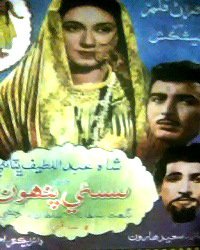
1958’s Sassi-Punu took a similar route of tailoring the folktale according to non-Sindhi-speaking urban audiences.
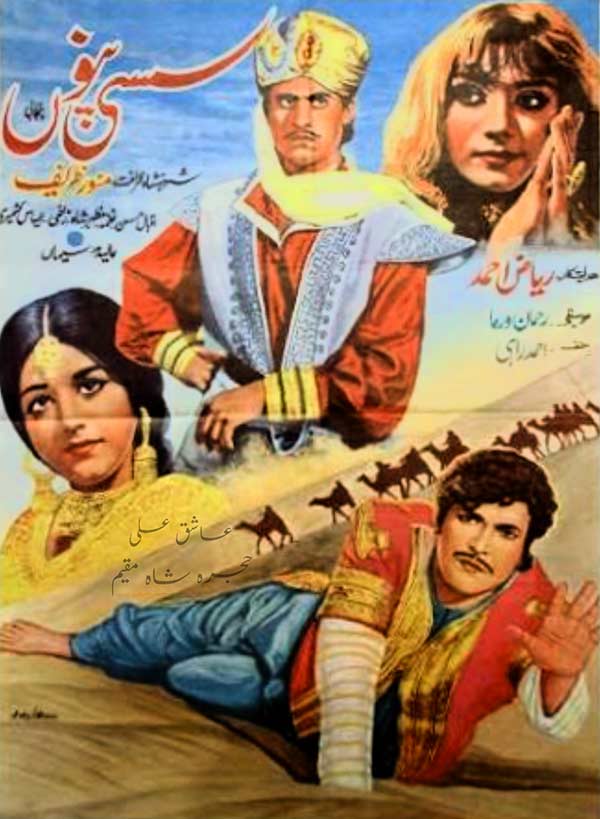
In 1968 the folktale got its first Punjabi rendition. The location of the tale in this film was shifted to a village of Punjab.
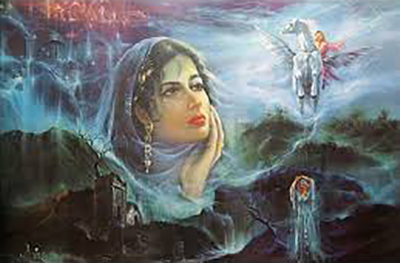
Another Punjabi version of the tale was made in India in 1982.
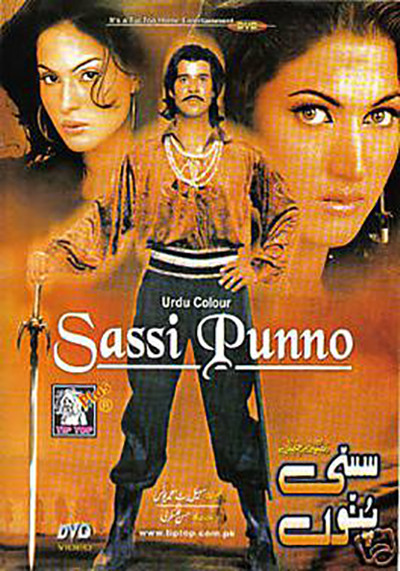
Sassi-Punnu (2004).
